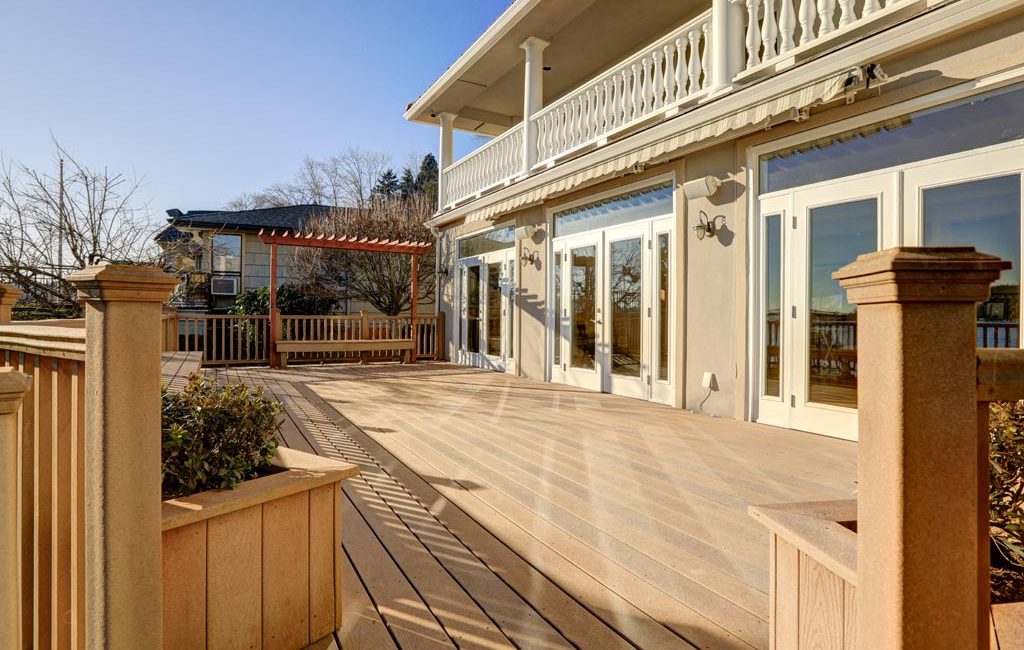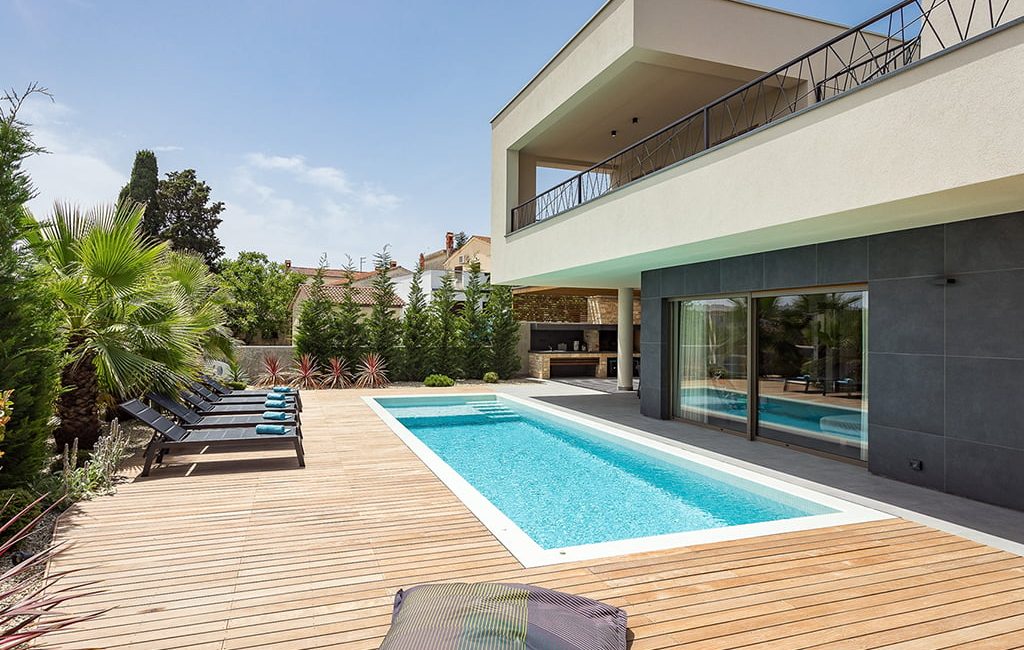Botanical Name: Apuleia Leiocarpa
Origin: South America
Species Overview:
Garapa is sourced from the tropical forests of South America. Garapa wood, also known as Brazilian Ash, is a dense and naturally durable Brazilian timber. Its golden colour and fine grain make it an attractive alternate to Vitex and other more expensive hardwoods.
Garapa is an attractive light golden to honey brown colour. Exposure to sunlight and rain will eventually settle this timber into a weathered silvered grey appearance. It is recommended to apply a coat of penetrating oil to all sides of the timber to allow the timber to properly season.
Garapa is one of the preferred species for decking and outdoor landscaping as it is both attractive and practical. Garapa is naturally resistant to rot, decay and insect attack. It is naturally slip and scratch resistant which allows the surface to remain smooth for many years, making Garapa a perfect wood for exterior decking.
Available sizes 140x19mm, & 90x19mm (lengths 1.8m to 5.7m).
Main Uses:
- Decks
- Walkways
- Pergola
- Gazebos
- Outdoor Furniture
Garapa is FSC® certified which means it is sourced from responsibly managed forests which are independently audited and follow chain of custody.
Working Properties:
Garapa is fairly easy to work, despite its density. Glues and finishes well. Has a blunting effect on cutters, use of carbide tipped saw blades is necessary. Routs nicely. Must be predrilled for fastening.
Mechanical Properties:
Garapa is a hard and strong timber with high bending and crushing strengths.
For installation guide visit our Resources page.





